Home>Technology>Security & Surveillance>How To Pick A Lock On A Door Knob
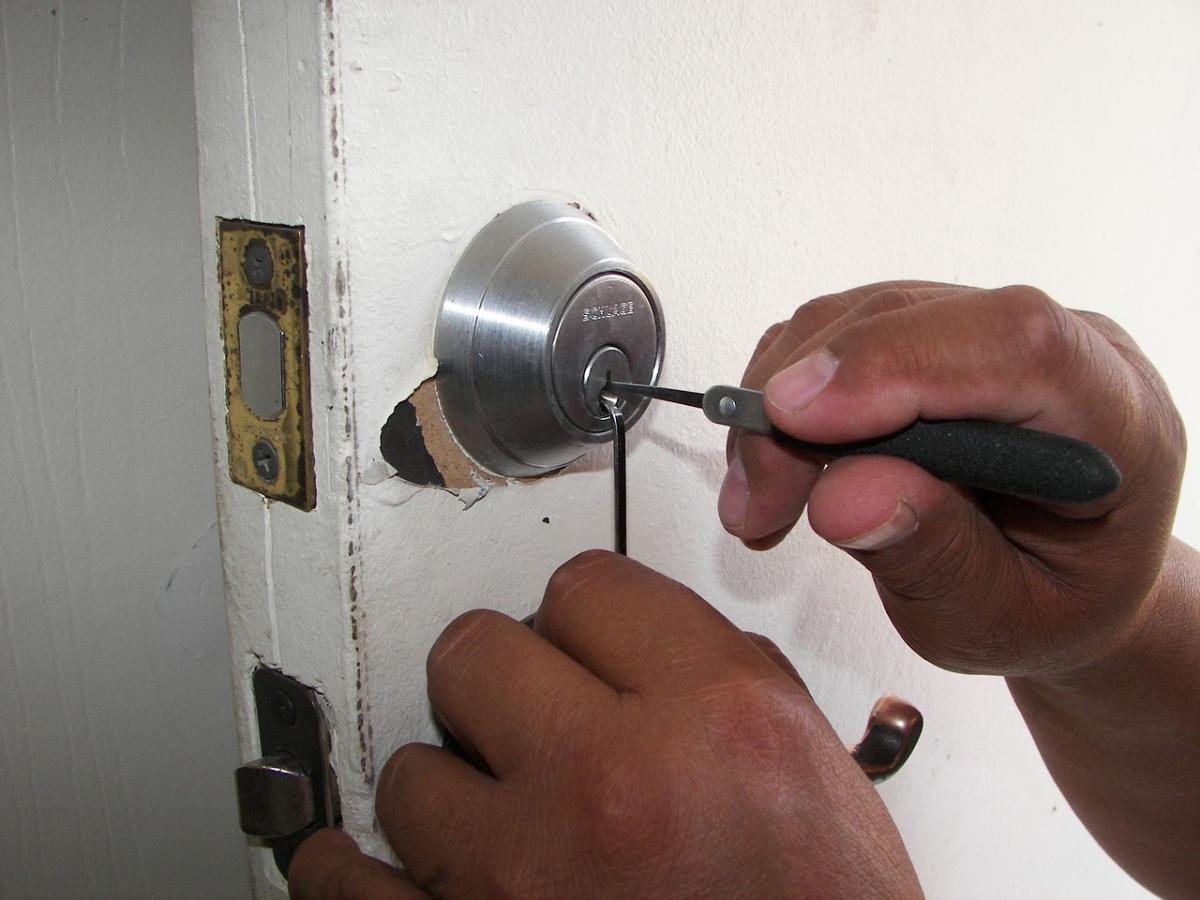

Security & Surveillance
How To Pick A Lock On A Door Knob
Modified: January 5, 2024
Learn how to pick a lock on a door knob for security and surveillance. Discover expert tips and techniques to enhance your lock-picking skills. Unlock valuable insights today!
(Many of the links in this article redirect to a specific reviewed product. Your purchase of these products through affiliate links helps to generate commission for Storables.com, at no extra cost. Learn more)
Introduction
Welcome to the intriguing world of lock picking! Whether you've accidentally locked yourself out of your house or you're simply fascinated by the art of locksmithing, learning how to pick a lock on a door knob can be a valuable skill. However, it's crucial to emphasize that lock picking should only be performed on locks that you own or have explicit permission to manipulate.
Picking a lock on a door knob requires a combination of patience, precision, and a solid understanding of the mechanics behind common pin and tumbler locks. This article will guide you through the process, providing essential knowledge and practical steps to help you master this intricate skill.
Understanding the Basics of Door Locks is the first step in this journey. Let's delve into the inner workings of door locks to gain a comprehensive understanding of how they function and the vulnerabilities that can be exploited through lock picking. So, grab your metaphorical lock pick and join us on this enlightening exploration!
Key Takeaways:
- Mastering the art of lock picking requires patience, precision, and understanding of door lock mechanics. It’s a valuable skill but should be used responsibly and ethically.
- Before attempting to pick a lock, ensure you have permission and understand the legal and ethical considerations. Lock picking is a journey that requires dedication, respect, and continuous learning.
Read more: How To Pick A Turn Lock Door Knob
Understanding the Basics of Door Locks
Before delving into the art of lock picking, it’s essential to comprehend the fundamentals of door locks. The most common type of lock found on residential doors is the pin and tumbler lock. This mechanism consists of a cylinder that houses a series of spring-loaded pins of varying lengths. When the correct key is inserted into the lock, it lifts the pins to align at the shear line, allowing the cylinder to rotate and the lock to open.
Lock picking involves manipulating these pins to mimic the action of a key, thereby enabling the cylinder to turn and the lock to be opened without the original key. The key to successful lock picking lies in the ability to apply the right amount of pressure to the pins while using a lock pick to lift and manipulate them into the correct position.
It’s important to note that while pin and tumbler locks are prevalent, there are other types of locks, such as wafer locks and dimple locks, each with its own unique mechanisms and vulnerabilities. However, the principles of lock picking generally revolve around understanding and exploiting the inner workings of these mechanisms.
Furthermore, it’s crucial to approach lock picking as a skill that requires both knowledge and dexterity. Understanding the components of a lock, including the plug, driver pins, key pins, and springs, is fundamental to the successful manipulation of the lock. This knowledge forms the foundation upon which the art of lock picking is built.
With a solid grasp of the basics of door locks, you’re now equipped to delve into the tools required for picking a lock on a door knob. Let’s explore the essential implements that will aid you in this fascinating endeavor.
Tools Needed for Picking a Lock
Embarking on the journey of lock picking requires the acquisition of specific tools designed to manipulate the intricate components of a lock. While the image of a classic, bent wire lock pick may come to mind, the reality is that a well-rounded lock picking toolkit consists of several essential items. Here are the primary tools needed to pick a lock on a door knob:
- Lock Picks: These are the primary tools used to manipulate the pins within a lock. Lock picks come in various shapes and sizes, each serving a specific purpose in the intricate art of lock picking. From hook picks to diamond picks, each type is designed to address different pin configurations and provide versatility in approaching different locks.
- Tension Wrench: Also known as a torque wrench, this tool is crucial for applying rotational pressure to the lock cylinder. The tension wrench allows the picker to mimic the action of a key turning in the lock, creating the necessary conditions for the manipulation of the pins.
- Key Extractor: This tool is useful for removing broken keys from locks. While not directly involved in the process of lock picking, a key extractor is a valuable addition to a comprehensive lock picking toolkit, providing a solution for a common issue encountered during lock manipulation.
- Training Locks: These specialized locks are designed for practice and skill development. They often feature visible internal mechanisms, allowing aspiring lock pickers to observe and understand the inner workings of a lock as they practice their technique.
It’s important to approach the selection of lock picking tools with care and consideration. Quality tools can significantly impact the learning process and the success rate of lock picking attempts. Additionally, investing in a reputable set of tools ensures durability and reliability, essential qualities for honing the craft of lock picking.
Armed with the necessary tools, you’re now ready to embark on the practical aspect of lock picking. The step-by-step guide to picking a lock on a door knob will provide you with the insights and techniques needed to navigate this intricate process successfully.
When picking a lock on a door knob, use a tension wrench to apply slight pressure to the lock while using a lock pick to manipulate the pins into place. Practice on a spare lock to improve your skills.
Step-by-Step Guide to Picking a Lock on a Door Knob
Now that you have a foundational understanding of door locks and the essential tools for lock picking, let’s delve into the practical aspect of picking a lock on a door knob. This step-by-step guide will walk you through the intricate process, providing insights and techniques to aid you in successfully picking a lock.
- Prepare Your Workspace: Find a well-lit and comfortable space to work in. Adequate lighting and a stable surface are crucial for maintaining focus and precision during the lock picking process.
- Insert the Tension Wrench: Begin by inserting the tension wrench into the lower part of the keyhole. Apply slight rotational pressure in the direction that the key would turn to open the lock.
- Insert the Lock Pick: Insert your chosen lock pick above the tension wrench, positioning it to manipulate the pins inside the lock. Ensure that the pick reaches the back of the keyway.
- Apply Tension: While maintaining rotational pressure with the tension wrench, gently lift the pins using the lock pick. Apply varying degrees of pressure and carefully listen for subtle clicks or changes in the resistance of the lock.
- Feel for Binding Pins: As you manipulate the pins, pay attention to any pins that bind or set at different heights. These are indicators of progress and can guide your approach to successfully picking the lock.
- Continue Manipulating Pins: Work through the pins one by one, lifting and setting them to the correct height. Patience and precision are paramount at this stage, as successful lock picking requires meticulous attention to detail.
- Rotate the Cylinder: As you successfully set all the pins to the correct height, you will feel the lock cylinder begin to turn. Maintain steady pressure with the tension wrench to facilitate the rotation of the cylinder.
- Open the Lock: With the cylinder turned, the lock is now successfully picked. Gently apply pressure to the tension wrench and turn it in the direction of the key’s rotation to open the lock.
It’s important to approach lock picking with patience and persistence. Mastery of this skill takes time and practice, so don’t be discouraged by initial challenges. With dedication and a methodical approach, you can hone your lock picking abilities and gain a deeper appreciation for the intricacies of door locks.
Before you embark on your lock picking journey, it’s crucial to be aware of essential tips and precautions to ensure a safe and responsible approach to this skill. Let’s explore these vital considerations in the next section.
Tips and Precautions
As you venture into the realm of lock picking, it’s essential to prioritize safety, responsibility, and ethical considerations. Here are some crucial tips and precautions to keep in mind:
- Legal Considerations: Before practicing lock picking, familiarize yourself with the laws and regulations in your area. In some jurisdictions, possessing lock picking tools without a valid reason may be illegal. Always ensure that your activities adhere to the legal framework governing lock picking in your region.
- Permission and Ownership: Only pick locks that you own or have explicit permission to manipulate. Engaging in lock picking without authorization is not only unethical but may also have legal repercussions.
- Practice Ethically: Lock picking is a valuable skill when used responsibly. Avoid using your expertise to compromise the security of others or engage in illicit activities. Ethical practice is essential for upholding the integrity of the locksmithing and security industry.
- Patience and Persistence: Lock picking is a skill that requires dedication and practice. Be patient with yourself and embrace the learning process. Mastery of lock picking takes time, and each attempt contributes to your growth and proficiency.
- Respect for Locks: Approach lock picking with a mindset of respect for the mechanisms you are working with. Understanding the intricacies of locks fosters a deeper appreciation for their craftsmanship and the security they provide.
- Continuous Learning: Stay curious and continuously seek to expand your knowledge of locks and security. The field of locksmithing is rich with history and innovation, and embracing a learning mindset enhances your skills and understanding.
- Engage with the Community: Joining lock picking communities and forums can provide valuable insights, guidance, and a sense of camaraderie with fellow enthusiasts. Engaging with the community fosters a supportive environment for learning and skill development.
- Responsible Disclosure: If you discover vulnerabilities in locks or security systems, approach the disclosure of such findings responsibly. Communicate any identified weaknesses to relevant authorities or manufacturers to contribute to the improvement of security measures.
By embracing these tips and precautions, you approach lock picking with a mindset of responsibility, ethics, and continuous growth. Lock picking, when practiced conscientiously, offers a fascinating journey into the world of security and locksmithing.
With a comprehensive understanding of the basics of door locks, the essential tools for lock picking, and a step-by-step guide to the practical process, you are well-equipped to embark on your lock picking endeavors. Embrace the art of lock picking with respect, dedication, and a commitment to ethical practice, and you will find yourself on a rewarding and enlightening path within the realm of security and surveillance.
Read more: How To Install A Door Knob With A Lock
Conclusion
Congratulations on completing this insightful exploration into the art of lock picking! Throughout this journey, you’ve gained a comprehensive understanding of the mechanics of door locks, the essential tools required for lock picking, and a step-by-step guide to successfully picking a lock on a door knob. As you conclude this endeavor, it’s important to reflect on the valuable insights you’ve acquired and the responsible approach you’ve embraced.
Lock picking is not merely a practical skill but a gateway to a deeper appreciation for the craftsmanship and intricacies of security systems. By understanding the inner workings of locks, you’ve embarked on a journey that fosters curiosity, patience, and a continual pursuit of knowledge.
It’s crucial to emphasize that the knowledge and techniques you’ve gained should be wielded with a sense of responsibility and ethical consideration. Respecting the laws and regulations governing lock picking, seeking permission before manipulating locks, and practicing ethical conduct are fundamental principles that uphold the integrity of the locksmithing and security industry.
As you venture forward, remember that mastery of lock picking is a journey that requires dedication, persistence, and a commitment to continuous learning. Embrace the challenges and triumphs that accompany this skill, and engage with the lock picking community to foster a supportive environment for growth and skill development.
Lastly, approach lock picking as a means to deepen your understanding of security and surveillance, and as a platform for responsible exploration and innovation. By upholding ethical standards, respecting the mechanisms you work with, and contributing to the improvement of security measures, you embody the values of a conscientious and knowledgeable practitioner.
With this newfound knowledge and mindset, you are poised to embark on a rewarding and enlightening journey within the realm of security and surveillance. Whether you seek to enhance your practical locksmithing skills, expand your knowledge of security systems, or simply delve into a captivating hobby, the art of lock picking offers a wealth of opportunities for growth and discovery.
As you apply the insights gained from this exploration, may your endeavors in lock picking be characterized by a spirit of responsibility, a thirst for knowledge, and an unwavering commitment to ethical practice. Embrace the art of lock picking as a gateway to a deeper understanding of security and surveillance, and let your journey be guided by respect, curiosity, and a dedication to continuous improvement.
Frequently Asked Questions about How To Pick A Lock On A Door Knob
Was this page helpful?
At Storables.com, we guarantee accurate and reliable information. Our content, validated by Expert Board Contributors, is crafted following stringent Editorial Policies. We're committed to providing you with well-researched, expert-backed insights for all your informational needs.
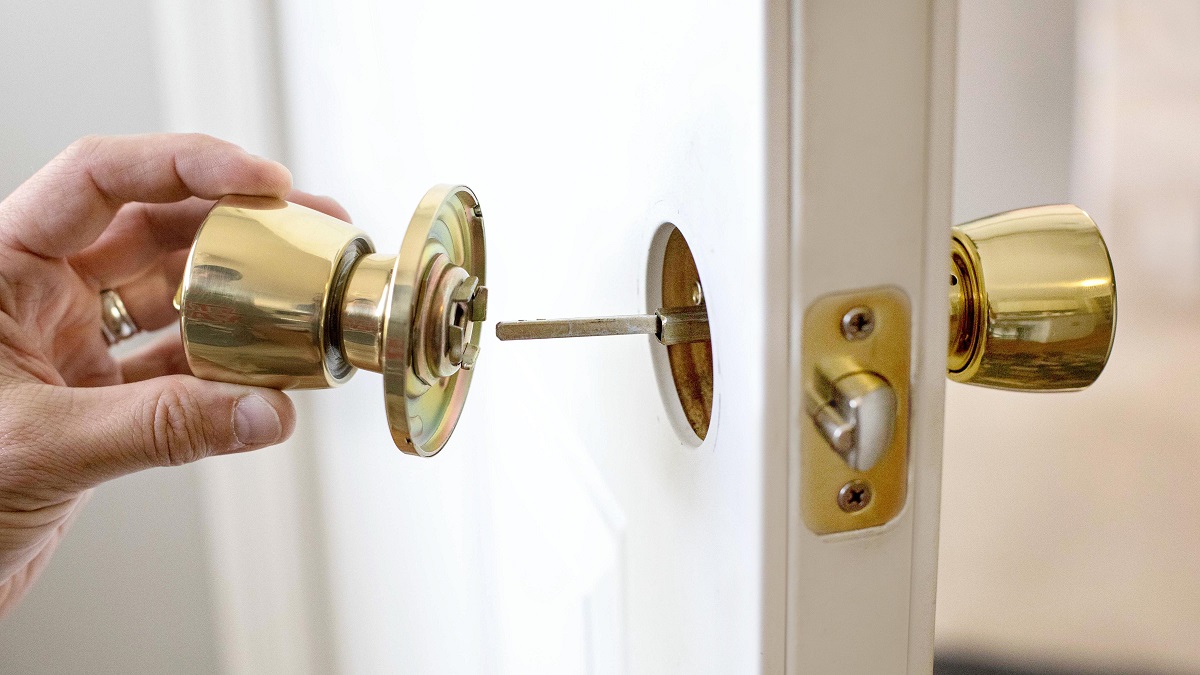
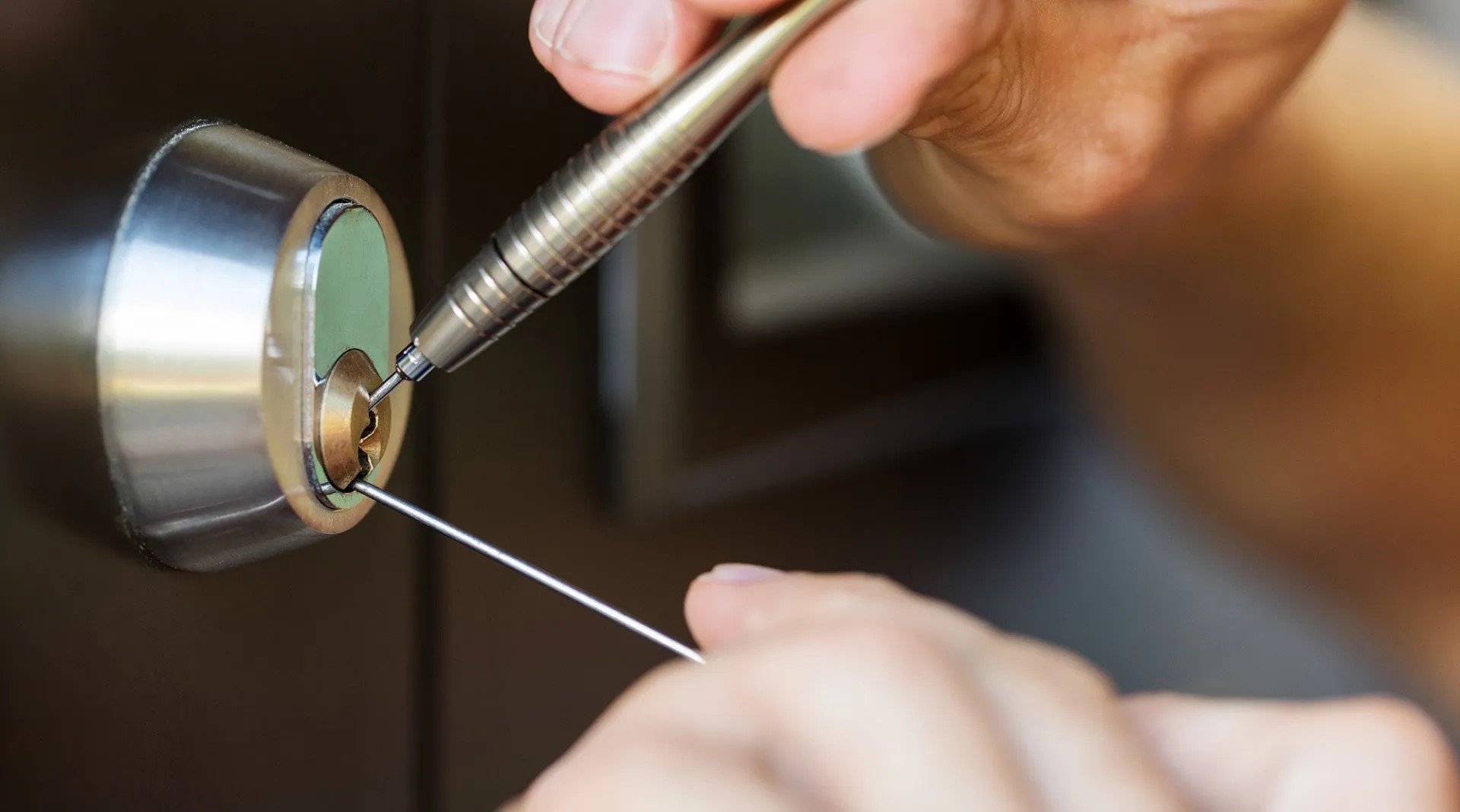

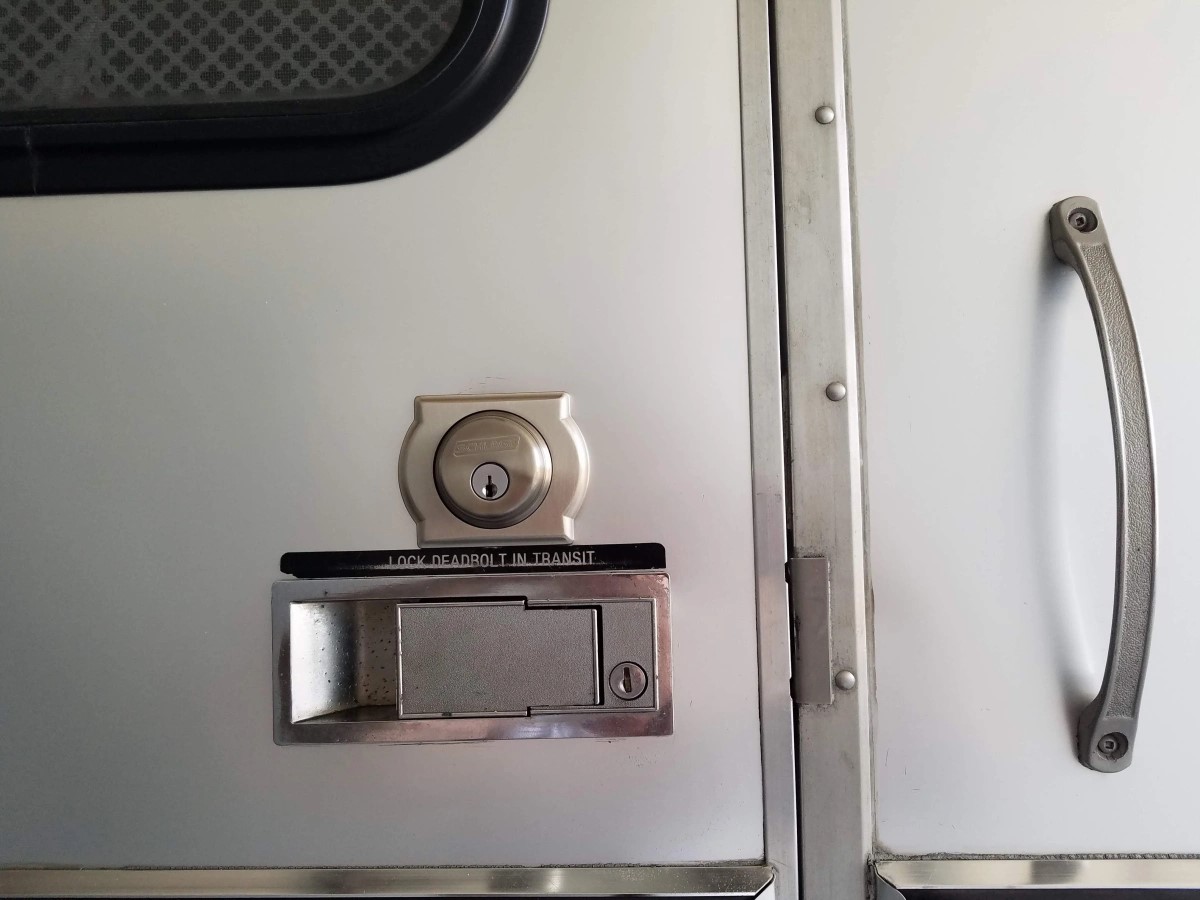
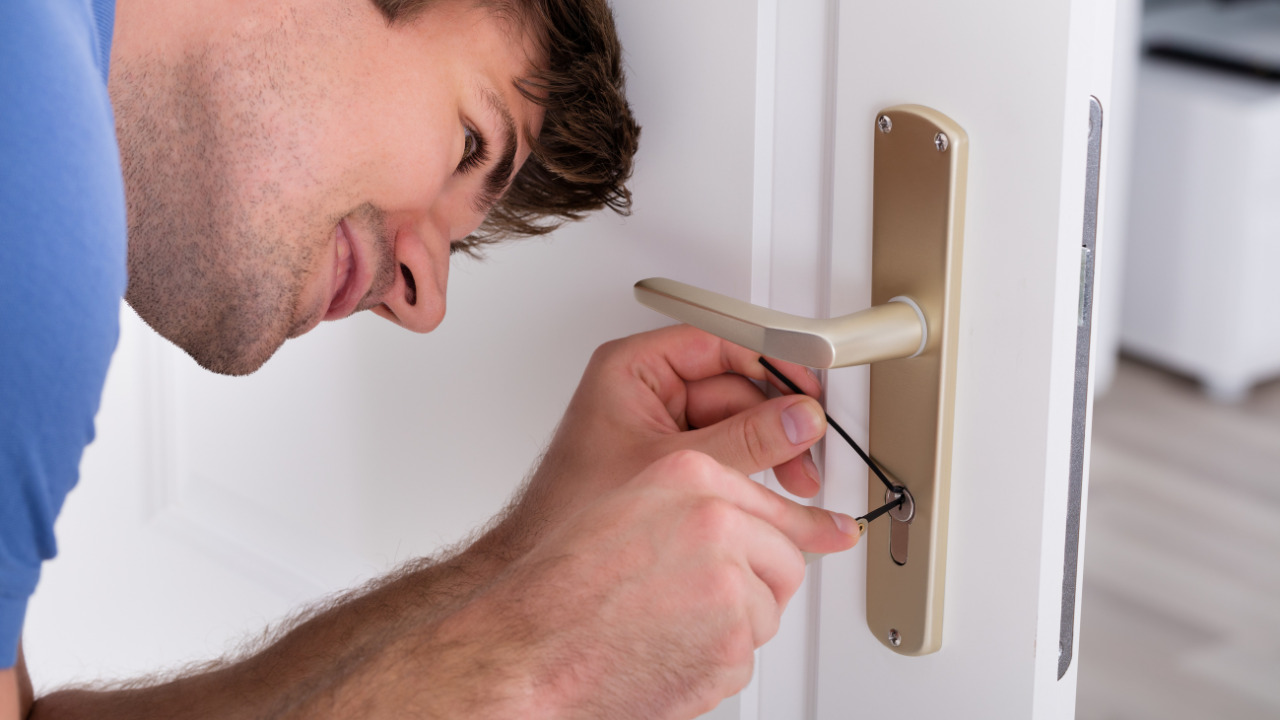
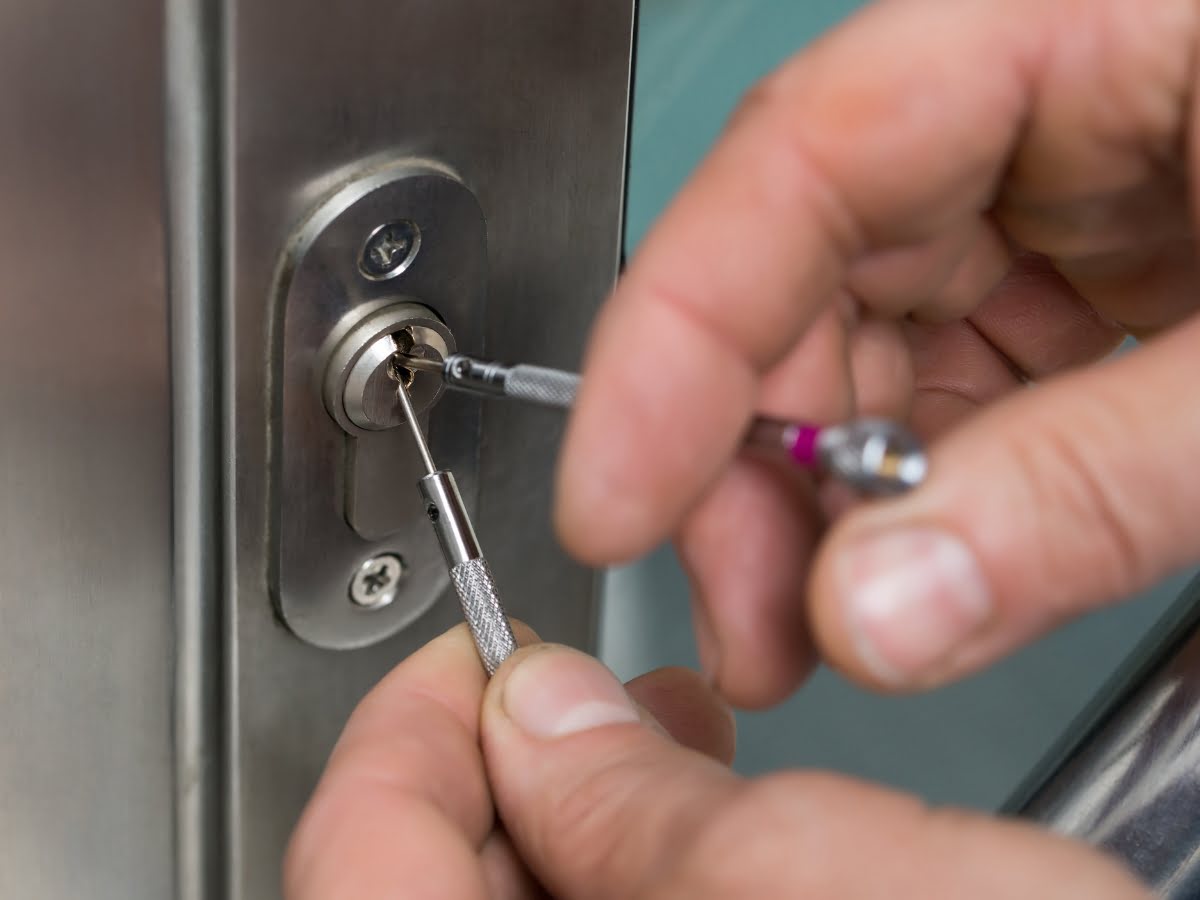

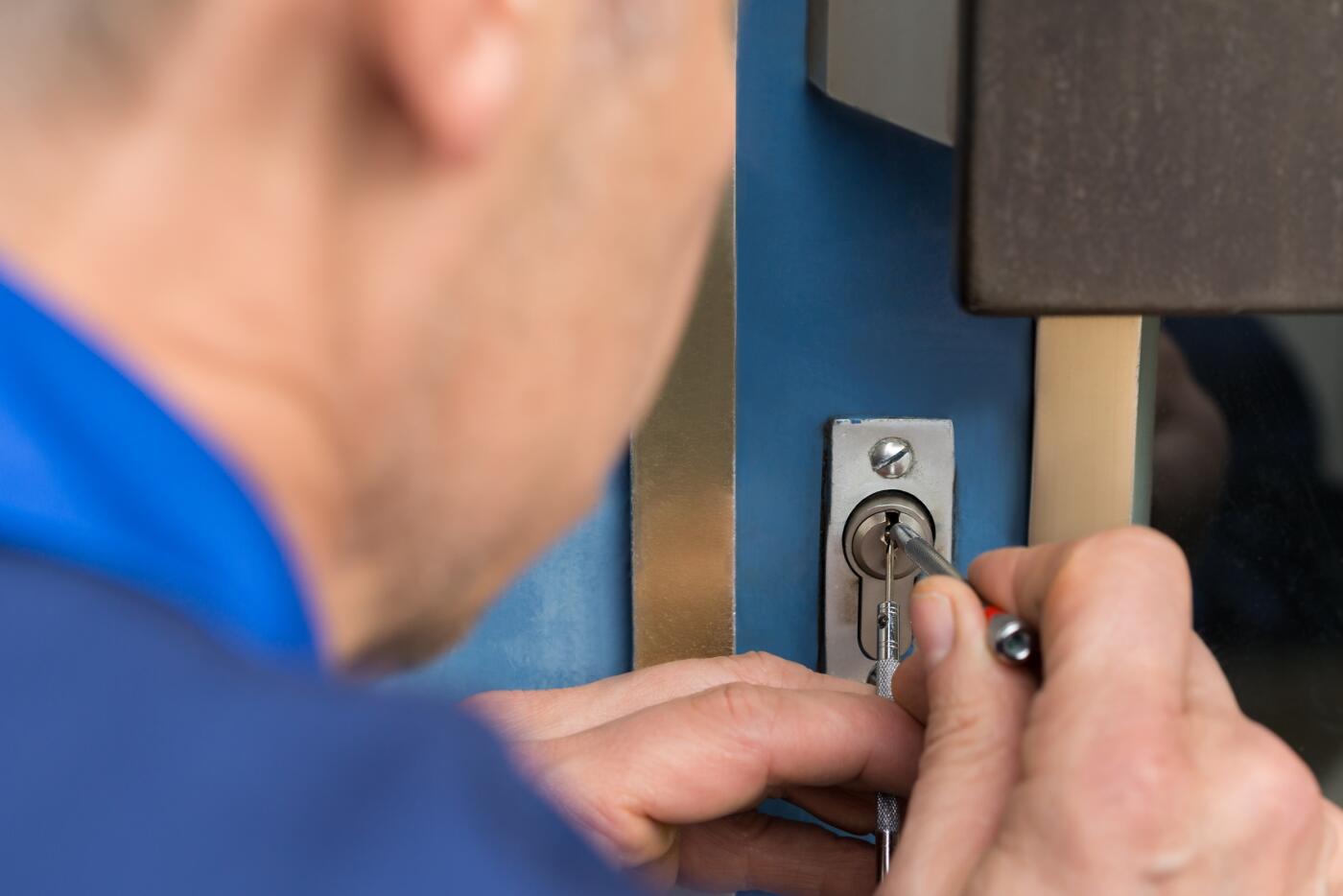
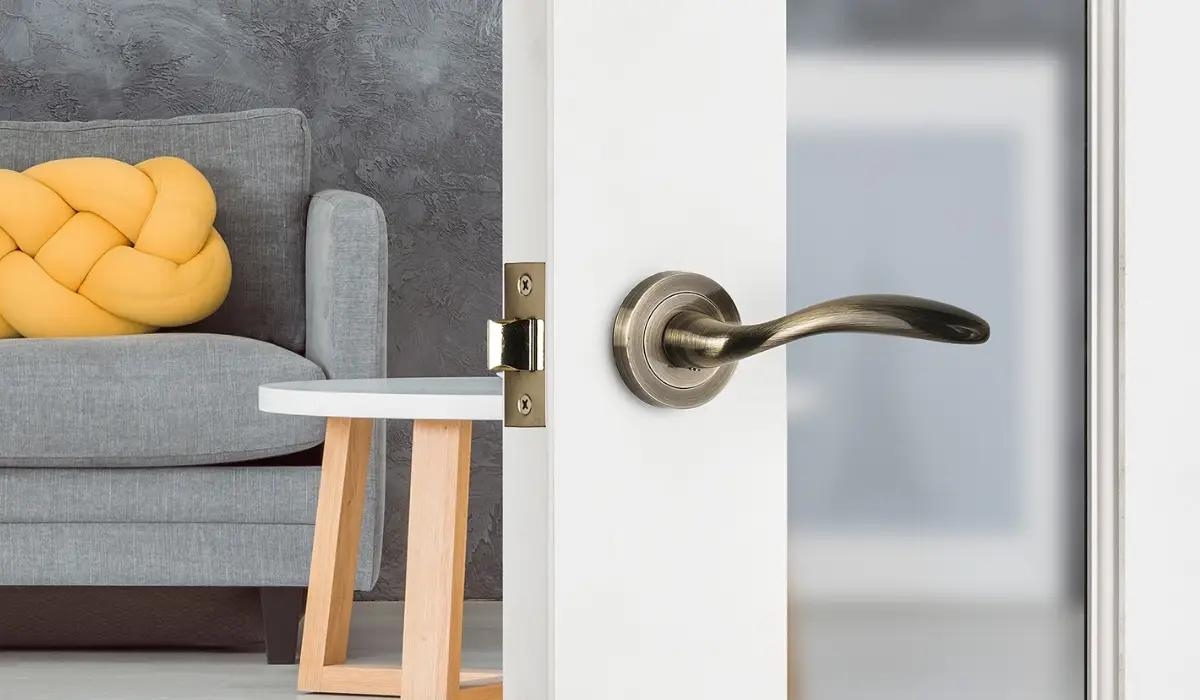

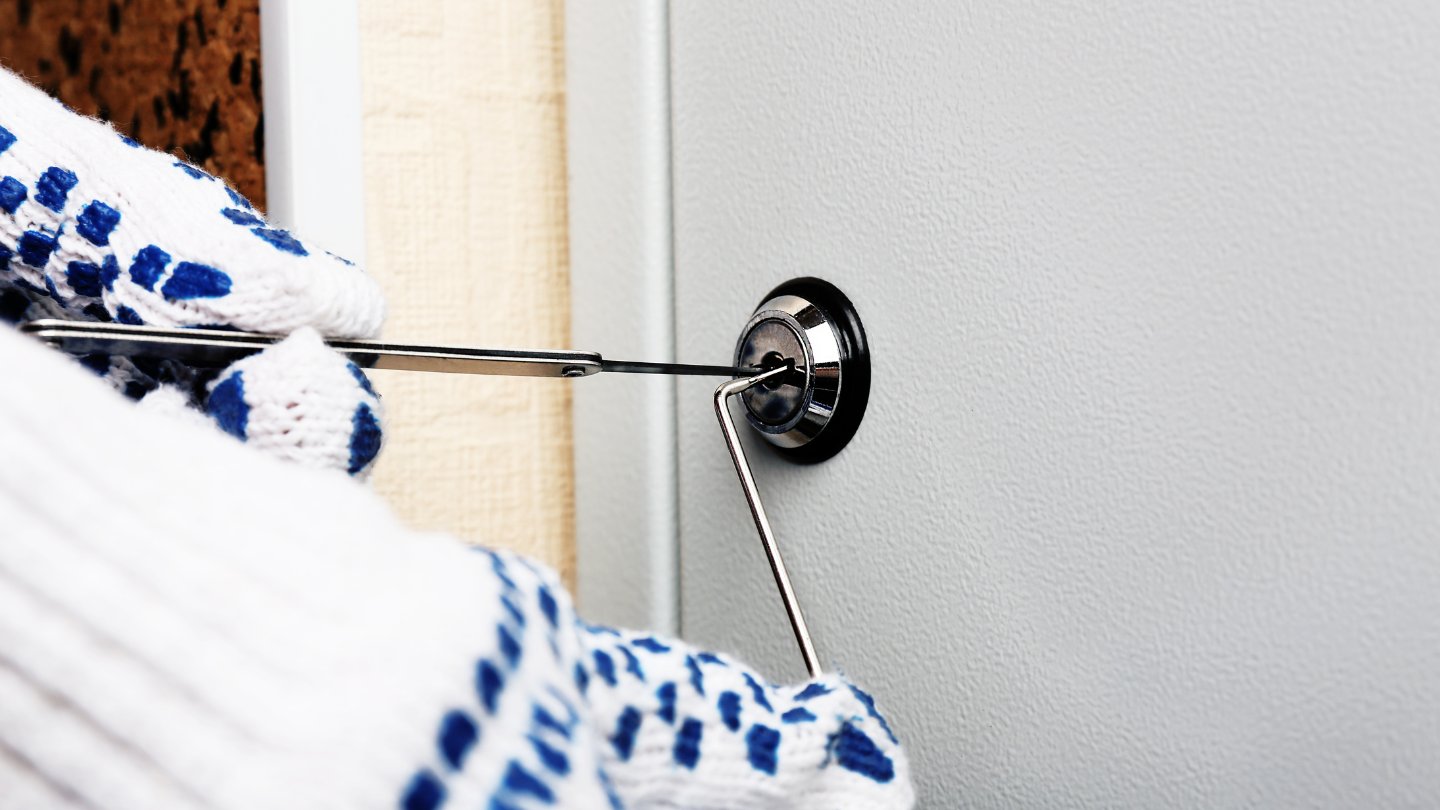
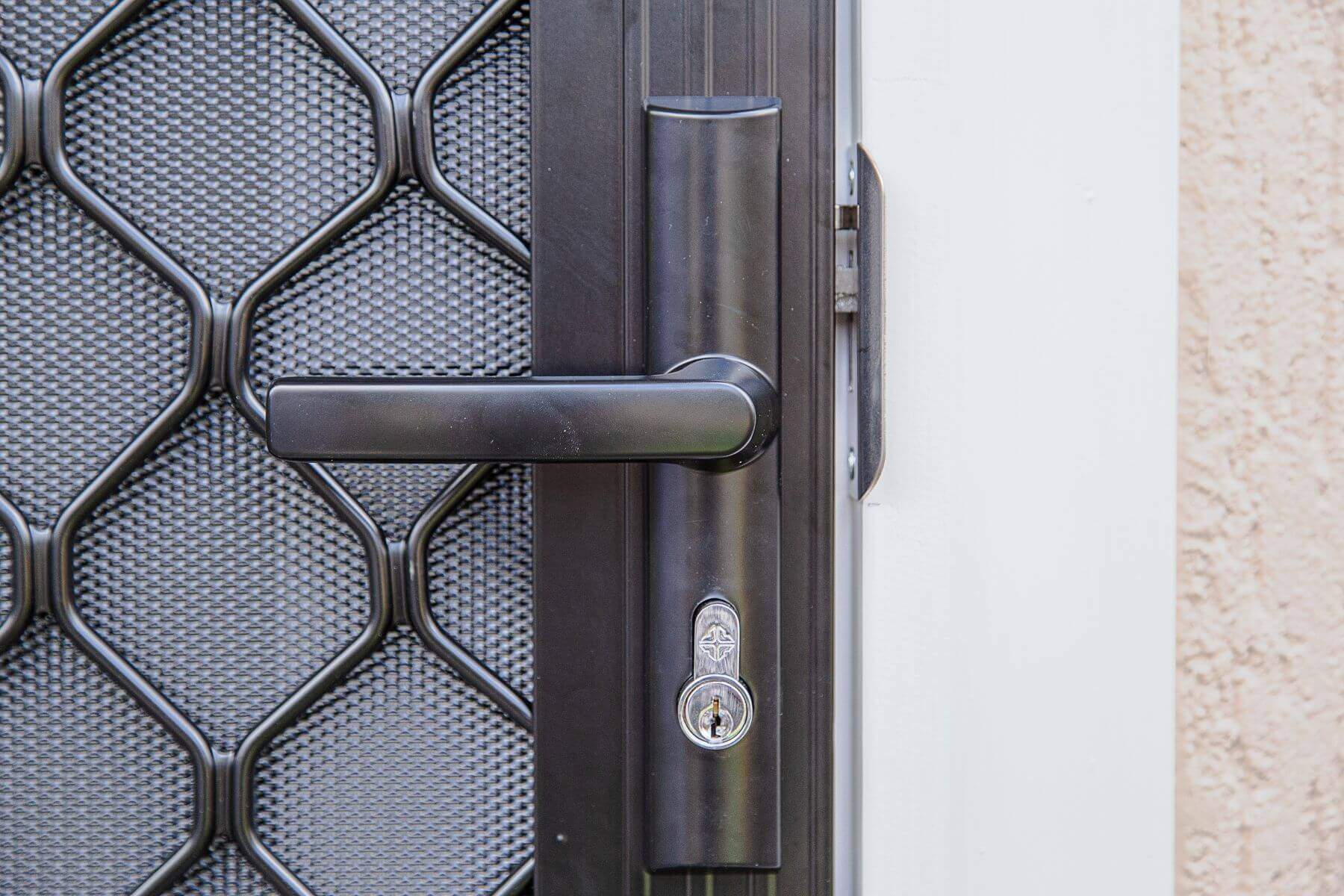
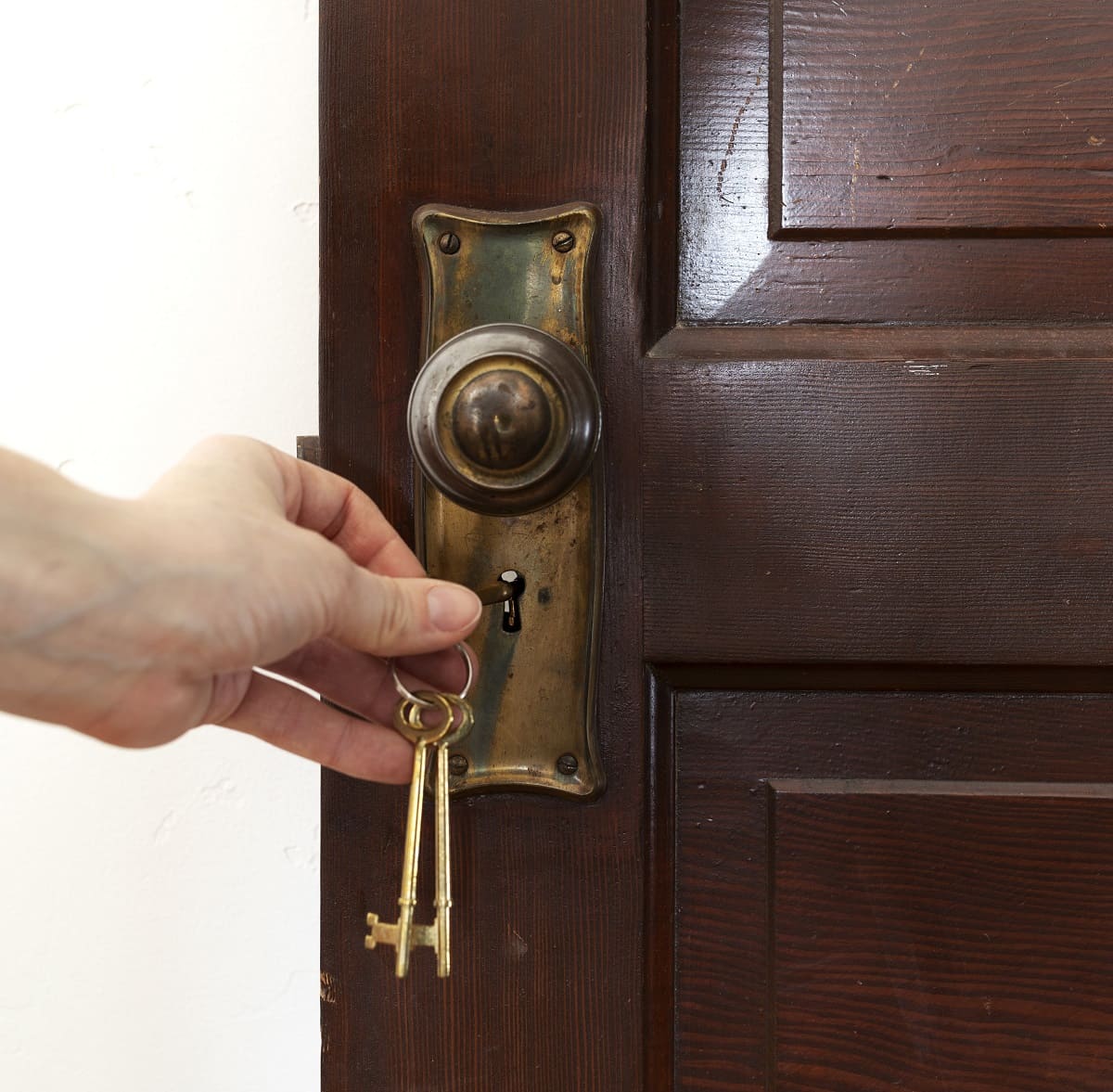
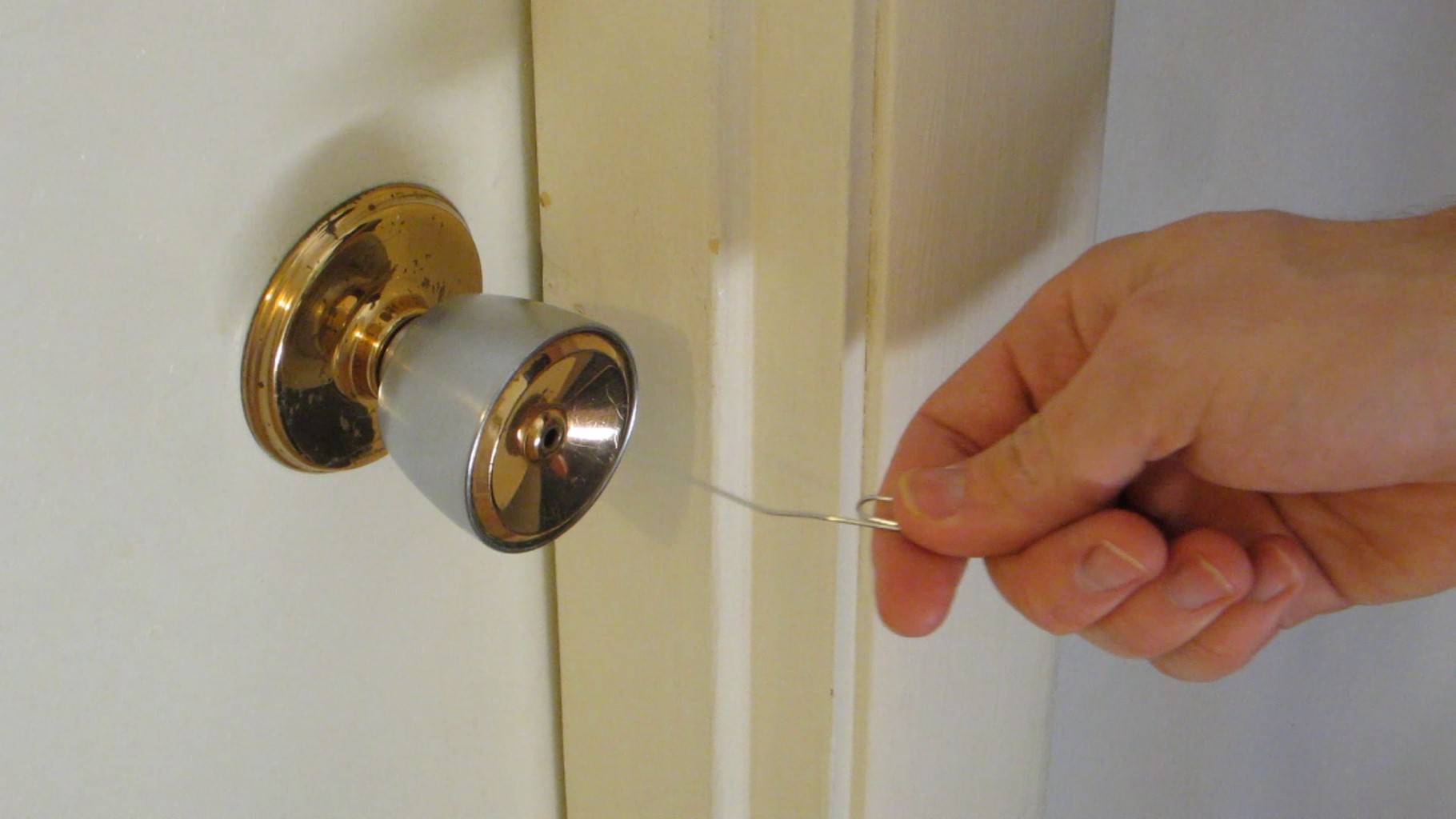

0 thoughts on “How To Pick A Lock On A Door Knob”